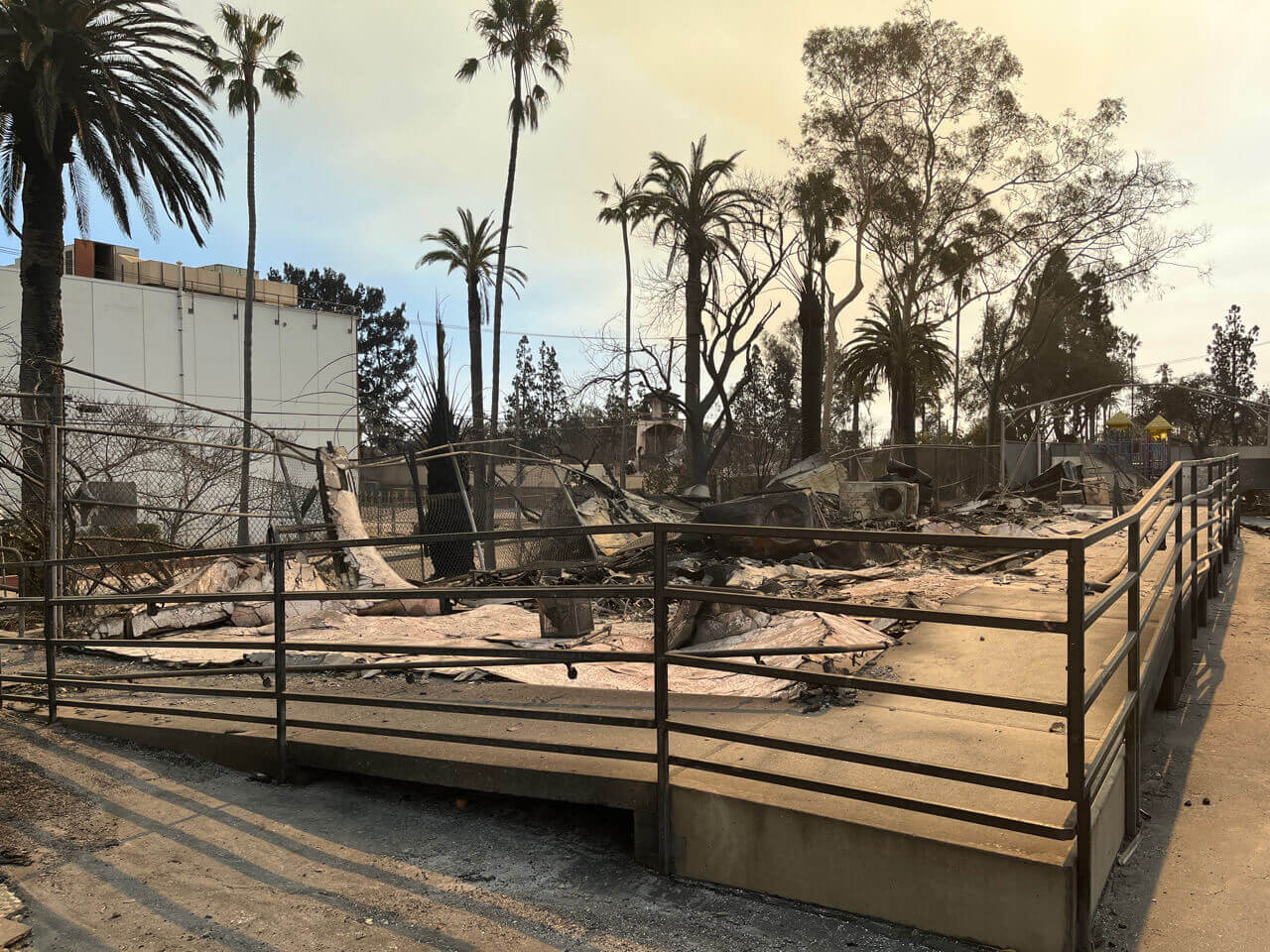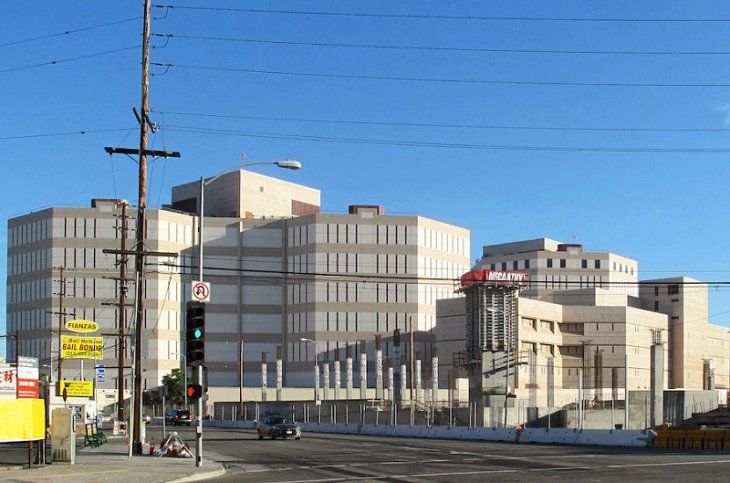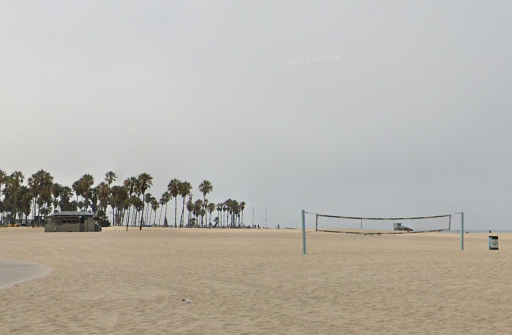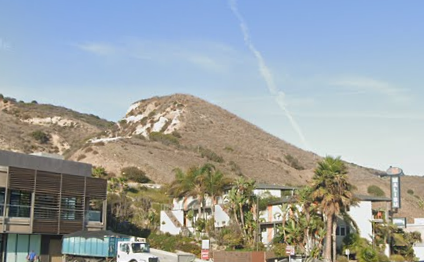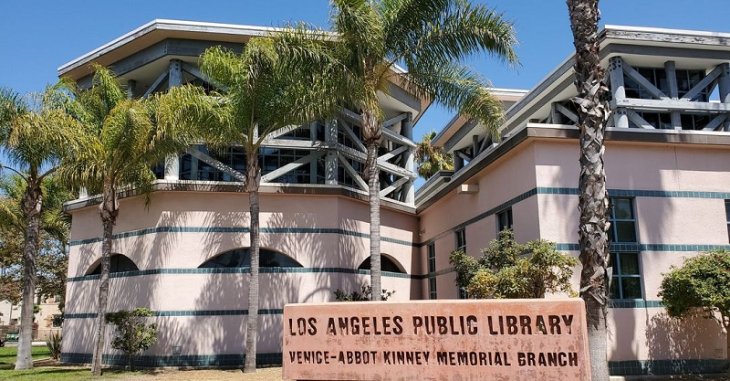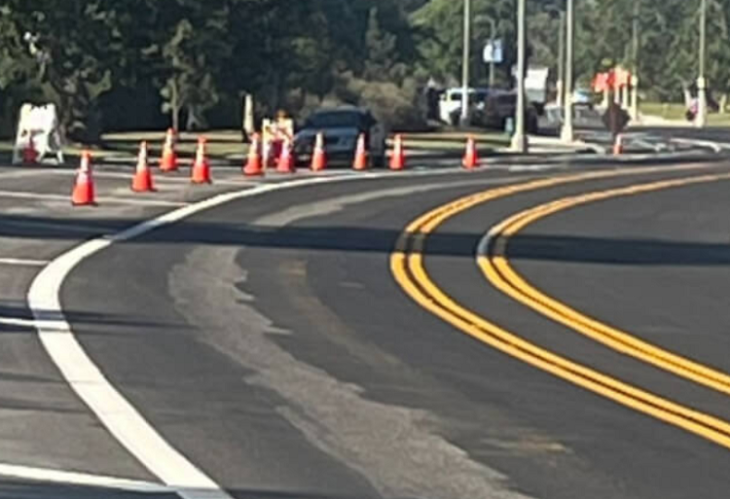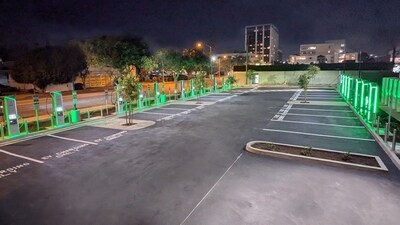The deferred properties, which contain conditions too hazardous for standard removal teams, will be addressed in Phase 2 under the oversight of USACE
The U.S. Environmental Protection Agency (EPA) has completed its initial phase of hazardous material removal following the devastating Eaton and Palisades wildfires but determined that thousands of properties remain too hazardous for clearance, deferring them to a second phase of cleanup.
Of the 13,612 residential properties surveyed across the two burn areas, the EPA successfully cleared hazardous materials from 9,201 properties. However, 4,381 properties were deemed unsafe for Phase 1 removal due to persistent hazardous conditions and will require additional remediation by the U.S. Army Corps of Engineers (USACE) in coordination with the Federal Emergency Management Agency (FEMA).
Phase 1 of the cleanup, assigned to the EPA by FEMA, involved the identification and removal of household hazardous waste, including paint, solvents, pesticides, and lithium-ion batteries. More than 1,000 electric vehicle batteries and bulk energy storage systems were extracted from the affected zones.
“The EPA’s ability to complete this essential first phase of the cleanup is due to the dedication of our staff, contractors, and partner agencies,” said Tara Fitzgerald, EPA’s Incident Commander. “We recognize this is just the first step toward recovery, and we will continue to support the process as Phase 2 begins.”
The deferred properties, which contain conditions too hazardous for standard removal teams, will be addressed in Phase 2 under the oversight of USACE. Until these properties are cleared, residents will be unable to rebuild.
The EPA also coordinated with local and state agencies to provide technical assistance for utility restoration and air quality monitoring in the impacted communities. Staging areas were established to temporarily store and process hazardous materials, and post-operation soil sampling will be conducted to ensure no environmental contamination remains.
The January wildfires, which scorched large portions of Los Angeles County, prompted one of the largest wildfire hazardous materials cleanups in EPA history. The agency deployed more than 1,700 personnel to expedite removal efforts, completing Phase 1 operations just 29 days after fieldwork began.
Though its primary mission is complete, the EPA will maintain a limited presence to assist with lithium-ion battery collection during Phase 2.

